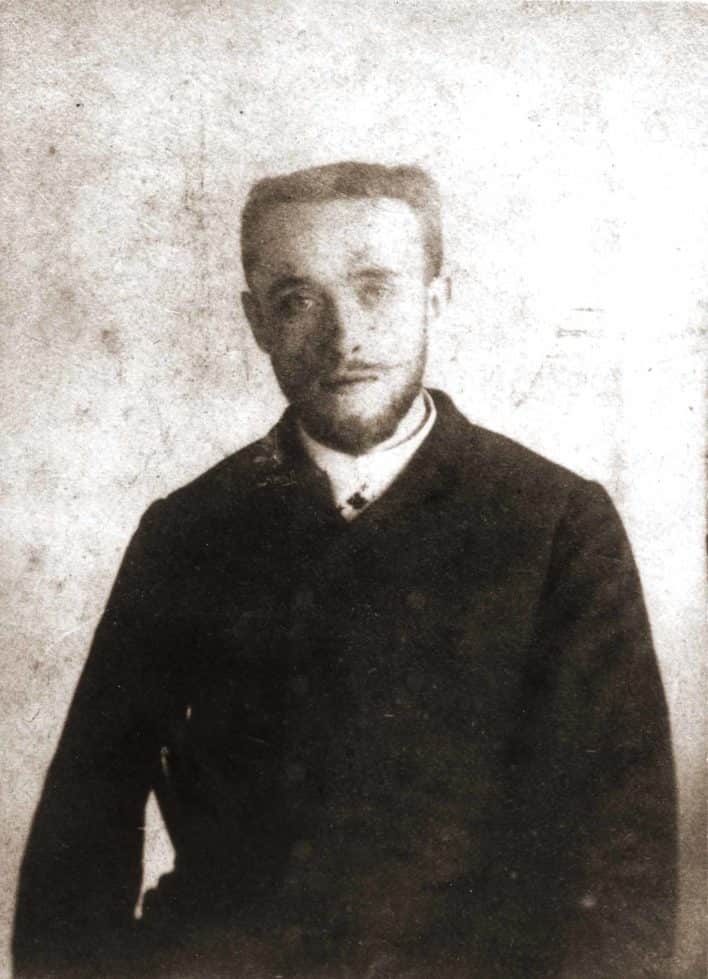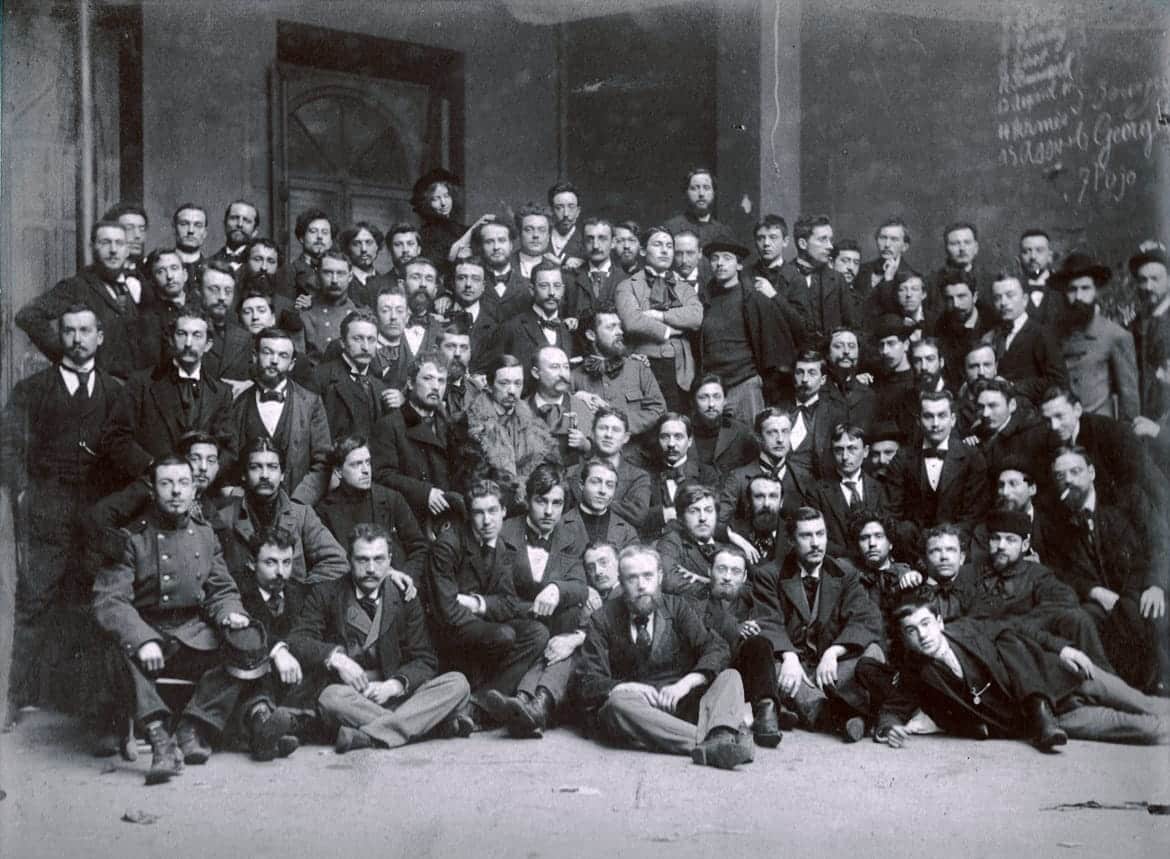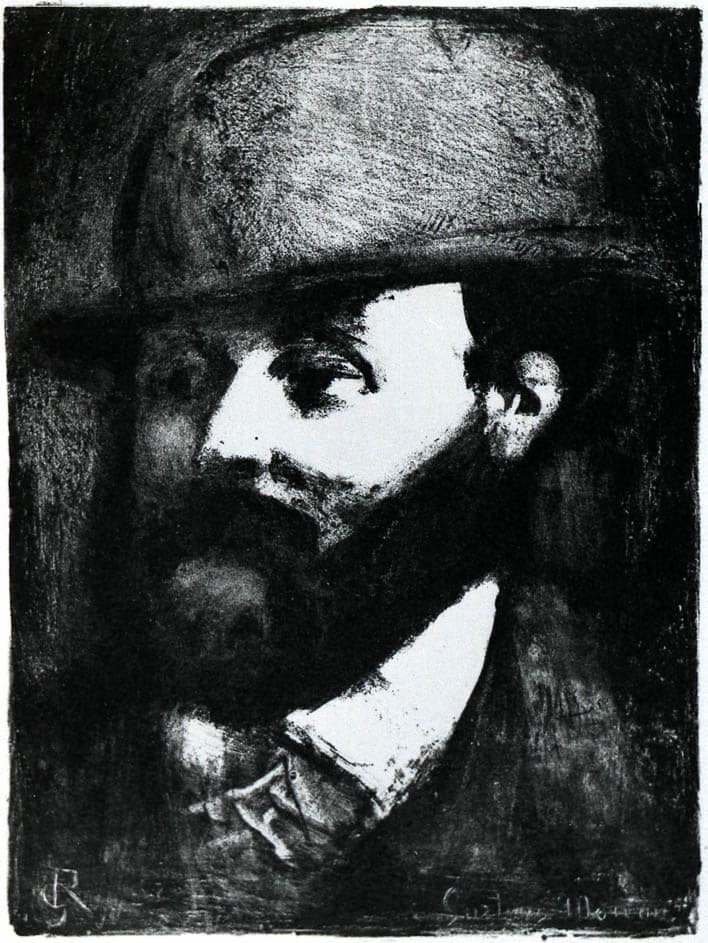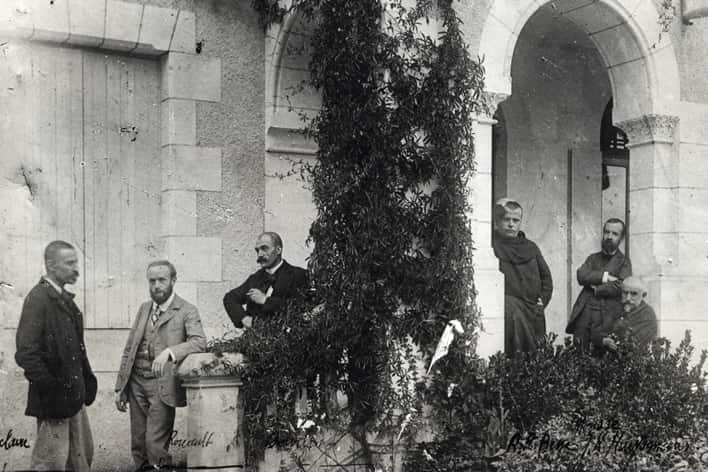Early years | 1871-1902

Born on 27 May 1871 during the bombardments at the time of the Paris Commune, Georges Rouault spent his childhood in the old working-class neighbourhood of Belleville.
Son of a cabinet maker who was employed at the Pleyel piano factory as a wood finisher, he soon developed his own love of craftsmanship. At the age of 14, he began an apprenticeship as a stained glass maker. Introduced early to the works of Courbet, Manet, Forain and Daumier by his maternal grandfather, Alexandre Champdavoine, he gradually developed a passion for painting which then became his vocation.
First attending classes at the École des Arts Décoratifs, he then enrolled at the École des Beaux-Arts in 1890 and ended his apprenticeship as a stained glass maker.
Training
At the École des Beaux-Arts he would meet a man who would greatly influence his future. In his second year of study he became a pupil of Gustave Moreau.
Henri Matisse, Albert Marquet, Henri Manguin, Henri Evenepoel and Léon Lehmann, with whom he would remain close, also studied under Moreau who was an excellent tutor and encouraged his pupils to reveal their inner vision. Gustave Moreau particularly understood Georges Rouault and provided him with advice, reassurance and guidance. He developed a close friendship with his pupil.
You love an art that is deep, sober and in its essence religious, and everything you do will be marked with this seal.
Gustave Moreau, quoted by Georges Rouault in Souvenirs Intimes, 1926

Encouraged by Gustave Moreau to participate in public exhibitions, he began to make a name for himself. At the age of 23 he won the Prix Chenavard with L’Enfant Jésus parmi les docteurs (Infant Jesus among the Doctors). His early works followed the conventional themes that were in fashion at the time, marked by a symbolist aesthetic that he would later move away from. After a second failed attempt at the Prix de Rome, Rouault left the École des Beaux-Arts on the advice of Gustave Moreau. In his subsequent works he abandoned the conformity of the school’s academic style.

Death of Gustave Moreau
In 1898 Gustave Moreau died of cancer. Rouault lost his main source of moral support and his world collapsed. He referred to this period himself as “the abyss”. In the years that followed, Rouault underwent a moral and artistic crisis. Deeply affected by the death of his teacher and separated from his family who had moved to Algeria, he endured a long period of solitude and sorrow.
Rouault and religion
Although he was christened when he was one-month old, Rouault had a secular upbringing. It was only at the age of 24 that he decided to convert to Catholicism and took his first communion. He frequented writers such as Joris-Karl Huysmans and Léon Bloy, who, with Charles Péguy, were leaders of a neo-Catholic literary movement which opposed superficiality and the weakness of official church art. At the end of April 1901, Rouault joined a group of intellectuals at the Abby of Ligugé. Huysmans intended to create a community of catholic artists. The group agreed to resist publicity and everything that flattered their creative vanities. During his stay within this community, Rouault resolved never to compromise his art by pandering to public taste. The community was dissolved when the Waldeck-Rousseau Law was voted, banning radical and religious associations. Rouault returned to Paris and resumed painting, or at least resumed his artistic quest.
